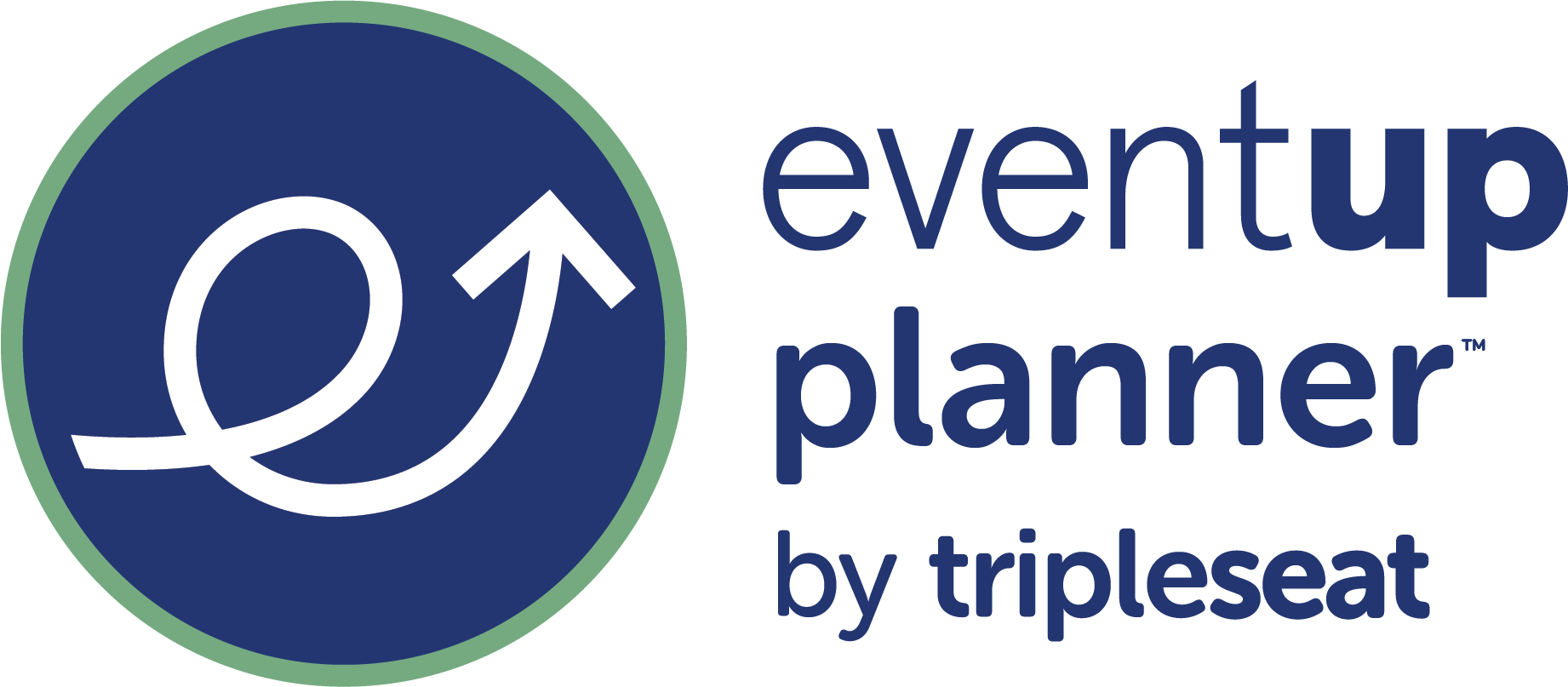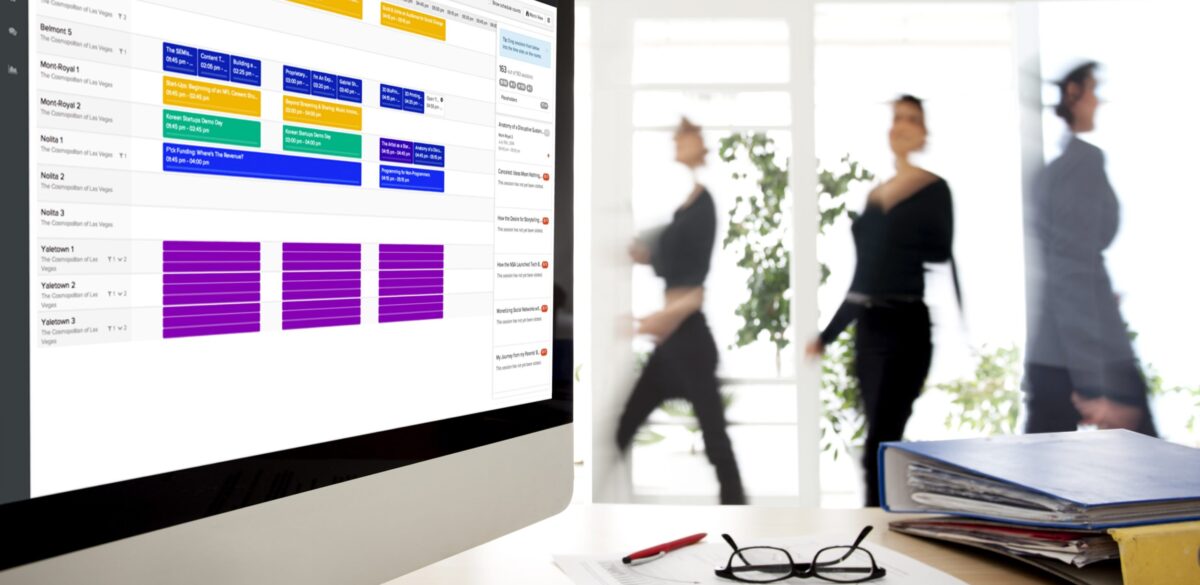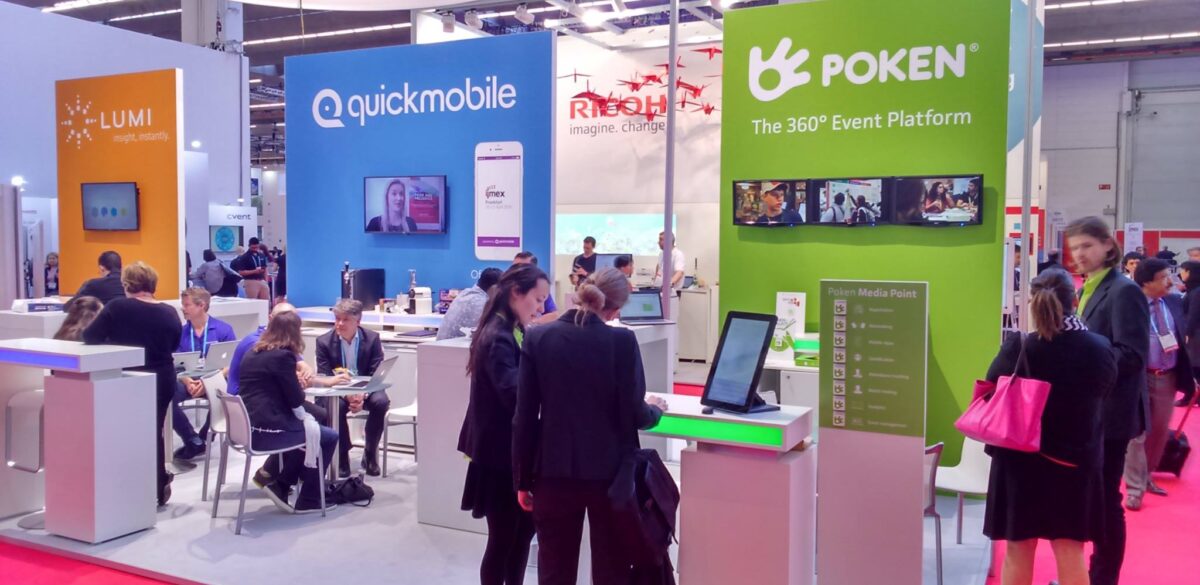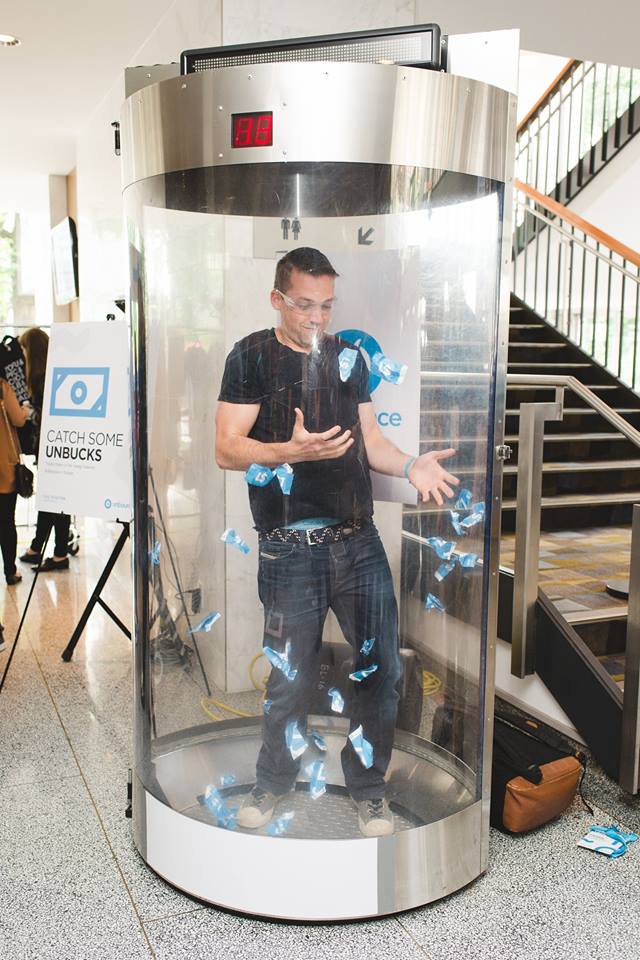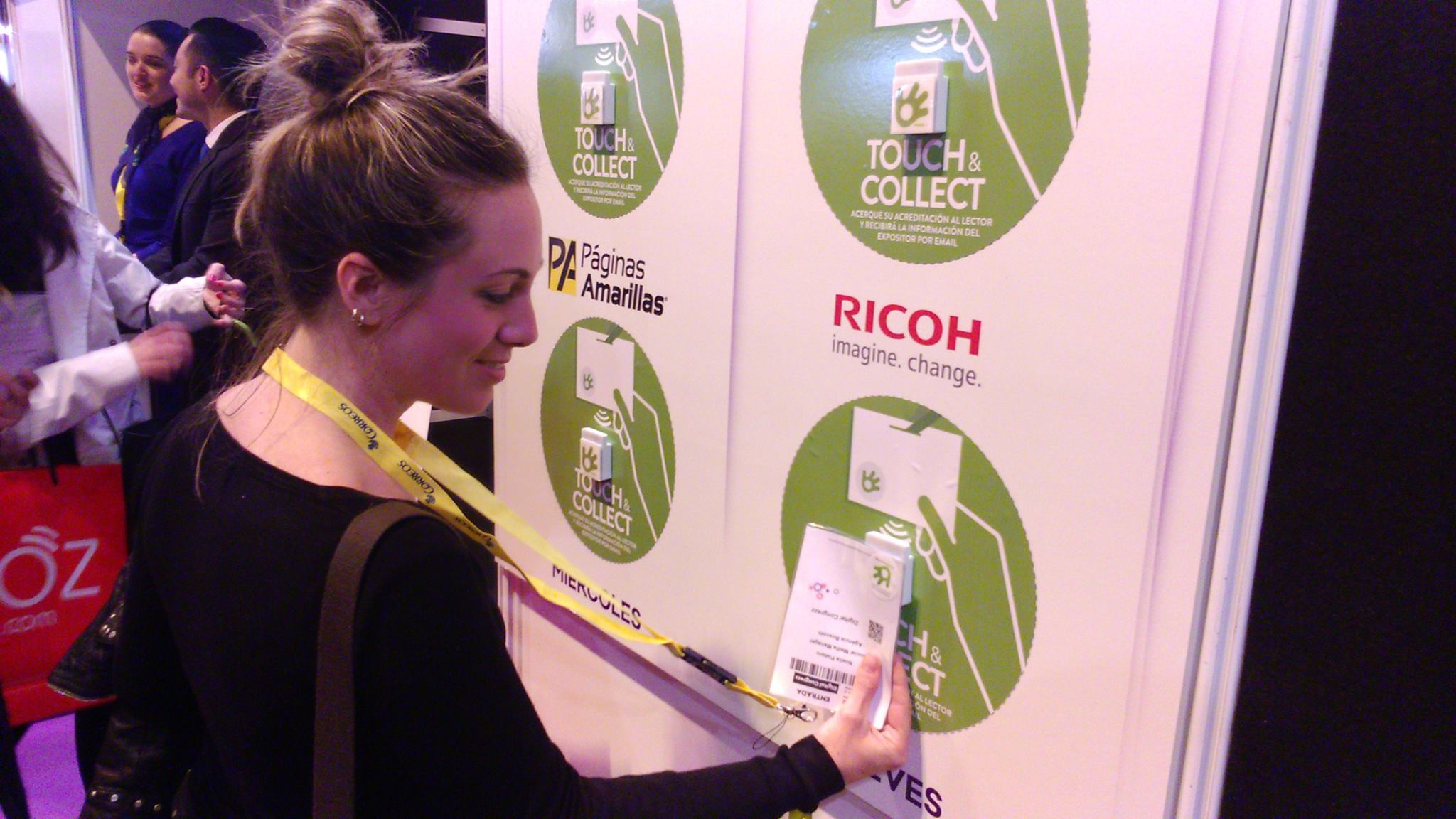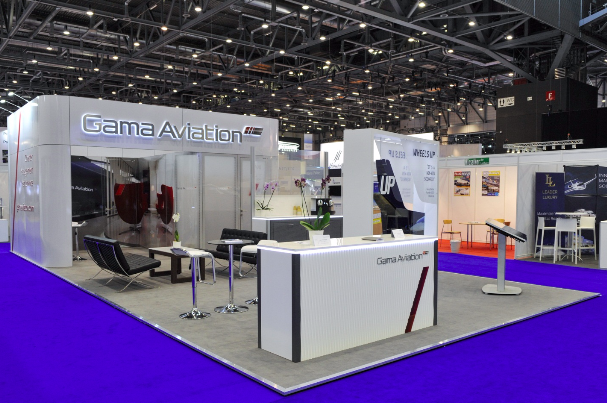We’ve been busy here at the Attendease Hive improving our platform. We are excited to announce five new features that will support providing a better attendee experience.
File Uploads in Registration Forms
During the registration process there is a lot of important information to capture. We are excited to announce two new registration form components that allows your attendees to upload files during registration:
- File upload: Choose what type of file you want your attendee to upload
- Profile photo: The uploaded image is connected to the attendee’s profile photo
Add and configure these form components as you would any other form component on your registration form.
Members now have the ability to access their Attendee account from any screen. By clicking “My Account” the attendee will see the option to go directly to the screen where they can manage their registration, view their invoice, and more. Note: This option will only appear if you have enabled your attendees to access their attendee accounts.
Account Access
Manage “My events”
We are excited to announce this new feature for Organizations and Business Units using the Event Portal Sites. When someone is signed into their Member Account, they are now able to navigate to the “My Events” page. On this screen, the Member will see all upcoming and past events they have registered for.
Filter and Register for Sessions
Attendees are now able to filter and register for sessions, view their personalized session schedule, and access session surveys with the click of a button using the Advanced Session Schedule block.
Choose Schedule Time Zone
Attendees can now control in which time zone sessions are displayed. Choose between displaying the sessions:
- in the event’s time zone
- in the attendee’s time zone
- or, give your attendees the ability to choose themselves
This feature is available for the Advanced Session Schedule block, Session Schedule block, Event Listing block, and the Scheduling Widget.
Want to delight your attendees?
Check out our website to learn about our core features that were built with your attendees in mind. You can also schedule a free consultation to learn if Attendease is right for you.
